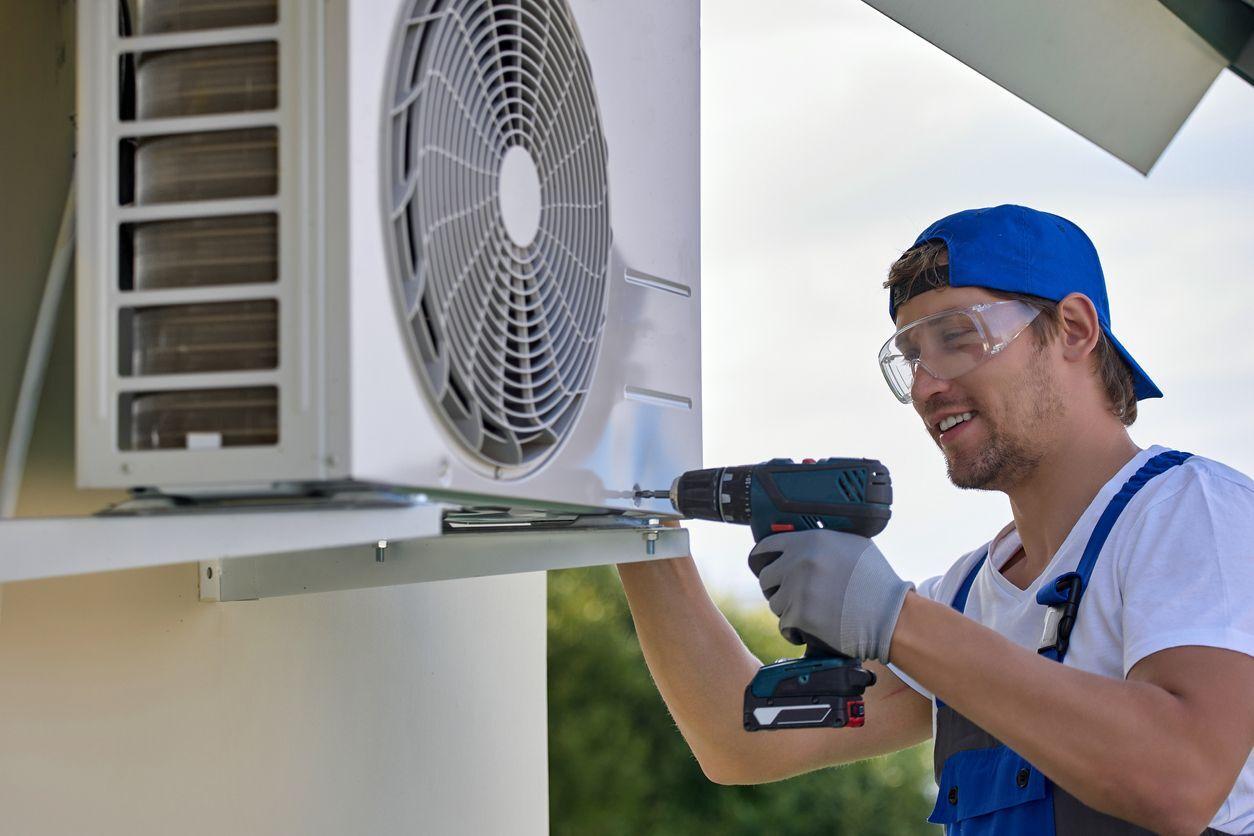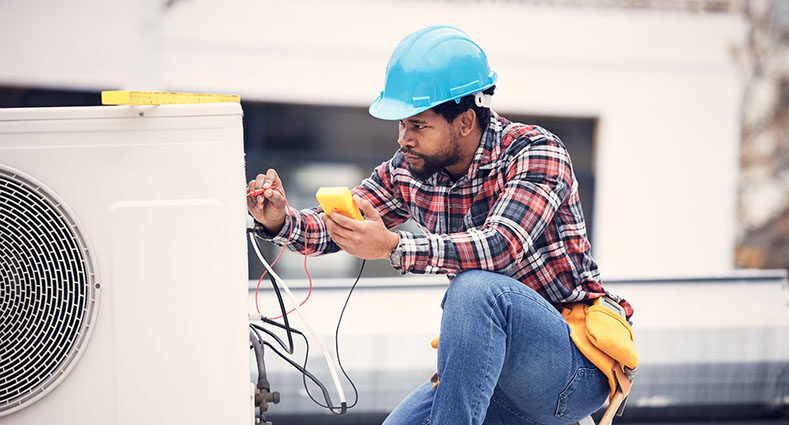Fix your heating system with expert furnace repair technicians.
Fix your heating system with expert furnace repair technicians.
Blog Article
Exactly How to Enhance Power Performance With Your HVAC System and Heating System Upgrades
As power costs remain to increase, the significance of improving power efficiency with heating and cooling system and heater upgrades can not be overemphasized. Reviewing your existing system's efficiency and thinking about energy-efficient alternatives are crucial initial steps. Along with selecting designs with high SEER and AFUE ratings, maximizing thermostat setups and boosting insulation can considerably impact overall performance. The journey in the direction of making best use of power performance does not end there; comprehending the nuances of normal maintenance and its lasting benefits is just as critical. What are the specific methods that can bring about substantial savings and enhanced comfort?
Examine Your Present System
Prior to starting any kind of upgrades, it is important to assess your existing a/c system and heating system to comprehend their effectiveness and efficiency. This first assessment gives a foundation for recognizing locations that need improvement and informs decisions concerning potential upgrades. Begin by examining the age of your HVAC system, as out-of-date models may lack modern energy-saving functions.

Power consumption records will also contribute in evaluating your system's operational prices. By evaluating energy bills, you can figure out patterns of energy use and recognize spikes that warrant additional investigation. Take into consideration carrying out a professional power audit to get a specialist analysis of your system's efficiency. This thorough examination will certainly lead you in making informed selections around essential upgrades, making certain that your financial investments in energy effectiveness yield the wanted advantages.
Upgrade to Energy-Efficient Models
Upgrading to energy-efficient models is a pivotal action in enhancing the general performance of your HVAC system and furnace. These contemporary devices are developed to take in much less energy while providing optimum heating & cooling, resulting in substantial cost savings on utility expenses and a reduced environmental impact.
When considering an upgrade, seek models that have high Seasonal Energy Efficiency Ratios (SEER) for cooling and Yearly Gas Use Efficiency (AFUE) ratings for heating systems. These rankings indicate the effectiveness of the devices, with greater numbers showing better performance. Energy-efficient designs often integrate advanced modern technologies, such as variable-speed motors and smart thermostats, which further enhance energy financial savings.
In addition, lots of energy-efficient HVAC systems are geared up with boosted insulation and better sealing, which reduce power loss and improve indoor convenience. hvac. While the initial investment may be higher, the long-term financial savings on power costs and possible tax obligation motivations for utilizing energy-efficient appliances can offset this expense significantly

Eventually, updating to energy-efficient models not just contributes to a more sustainable future yet additionally raises the convenience and efficiency of your home or business.
Optimize System Setups
To make best use of the effectiveness of your cooling and heating system and furnace, it is important to maximize system setups tailored to your particular requirements. Begin by establishing your thermostat to an energy-efficient temperature. The visite site U.S. Division of Energy recommends a wintertime setup of 68 ° F when you are conscious and lowering it while you sleep or are away. In summer season, go for 78 ° F throughout the day.
Utilize programmable or wise thermostats that enable you to set up temperature modifications instantly. This guarantees your system operates only when essential, decreasing power consumption. Furthermore, guarantee that your system is set to run in the correct mode-- heating in wintertime and cooling in summer-- while avoiding the constant fan option unless needed for air circulation.
Routinely review and change setups based upon seasonal modifications, occupancy patterns, and specific comfort preferences. Additionally, guarantee that vents and signs up are unobstructed, permitting ideal air movement. Consider zoning systems that make it possible for personalized comfort in different locations of your home, even more improving effectiveness. By fine-tuning these setups, you can accomplish substantial energy savings while maintaining a comfortable living environment.
Improve Insulation and Sealing
A well-insulated home is essential to making best use of the performance of your cooling and heating system and heating system. Correct insulation decreases the workload on these systems, thus preserving energy and lowering energy bills. Begin by assessing your home's insulation in locations such as the attic, wall surfaces, and floors. Insulation products like fiberglass, foam, and cellulose can significantly improve thermal resistance, assisting to keep conditioned air inside and outdoor air out.
Along with insulation, sealing gaps and splits is critical. Pay special attention to home windows, doors, and any type of infiltrations in walls, such as electric outlets and pipes components. Weatherstripping and caulking can properly seal these openings, avoiding drafts that compromise your heating and cooling performance.
Furthermore, ensure that ducts are appropriately insulated and sealed. Leaky ducts can bring about significant power losses, reducing system performance. Using mastic sealer this page or steel tape to secure duct joints can improve air movement and performance.
Arrange Routine Maintenance
Routine maintenance of your A/c system and heater is crucial for making sure optimal efficiency and longevity. During maintenance, a qualified service technician will certainly cleanse and change filters, check cooling agent levels, inspect ductwork for leakages, and examine general system procedure.
It is recommended to schedule maintenance at the very least two times a year-- when in the spring for the cooling system and as soon as in the succumb to the furnace. furnace repair. Normal maintenance helps preserve regular interior temperatures, making sure comfort throughout the year. Furthermore, a well-kept system operates a lot more effectively, which can cause obvious decreases in energy bills
Overlooking maintenance can cause decreased performance, increased deterioration, and inevitably, system failure. By focusing on routine solution, home owners can stay clear of unforeseen failures and guarantee their HVAC system and furnace run at peak performance. Purchasing maintenance is a vital step in improving power efficiency and producing an extra lasting home atmosphere.
Conclusion
In conclusion, improving power effectiveness like it within cooling and heating systems and furnace upgrades is essential for lowering power consumption and improving general convenience. An organized strategy that consists of analyzing the existing system, purchasing energy-efficient designs, maximizing setups, improving insulation, and organizing routine maintenance can result in substantial benefits. Executing these strategies not just lowers power expenses yet also contributes to a more lasting atmosphere, making it imperative for house owners to prioritize these upgrades.
Report this page